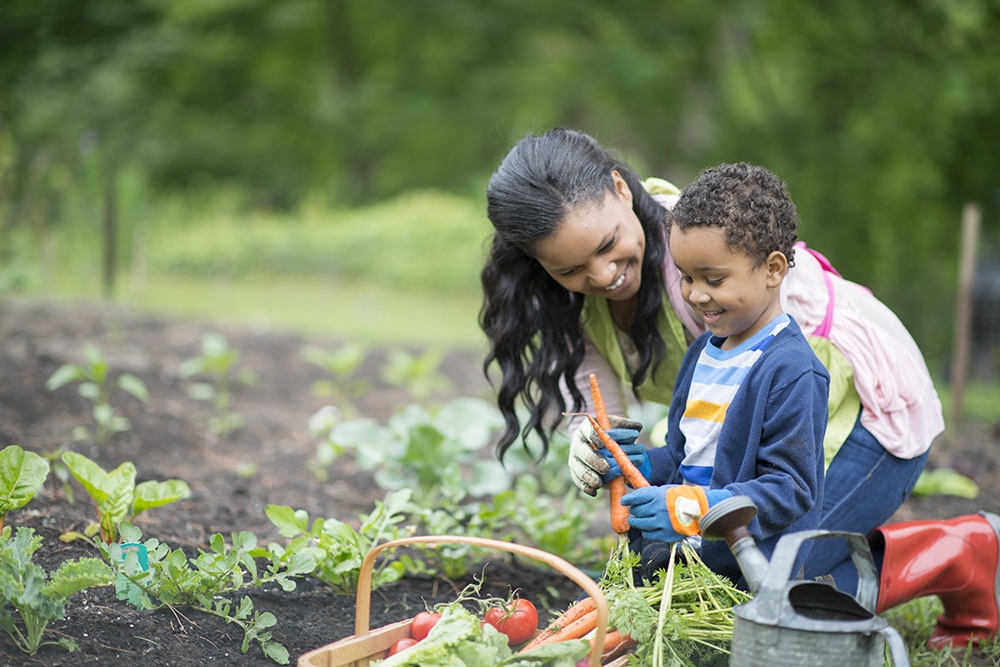Savings Tip – Save Money on Spring Planting

Fresh vegetables, flowers, and herbs are one of the highlights of the warmer months in New England. But trying your hand at growing your own can come with expenses such as tools, equipment, fertilizers, soil, plants, and more.
Here are a few fresh ideas to get your green thumb going without breaking the bank:
1) Start from seeds – Seed packets are significantly cheaper than buying pre-sprouted plants at a garden center (and can be found at the dollar store during gardening season). If you have a sunny spot in your house, begin by planting the seeds in small trays (egg cartons work well) and eventually transplant them into your garden.
2) Start small – An herb garden is a great introduction to gardening. It takes up minimal space and can even be planted in pots with multiple herbs per pot.
3) Ask a friend – If you know someone who is already an active gardener, they may be willing to give you part of one of their plants to get you started.
4) Compost – Even if you have fertile soil, the nutrients from fresh compost will help your garden flourish. Instead of buying it from the store, make your own by saving old food scraps. This will also help reduce your household waste.
5) Skip the heavy-duty equipment – One of the joys of gardening is being outside and getting your hands dirty. Get a few gardening tools such as a hoe, spade, and fork, but skip the expensive or specialized equipment.
6) Shop at tag sales – Many people sell plants and gardening tools at tag sales at a fraction of the price of a garden center.
7) Harvest rainwater – Collect the water that drains off your roof by placing a bucket at the end of the gutter. Then, during dry days, use the water to hydrate your plants.
When you enjoy the crops from your garden, you also save money on groceries, especially if you plant higher priced vegetables, herbs and flowers. The cost savings, plus the satisfaction of enjoying your harvest will make your hard work worth the time.